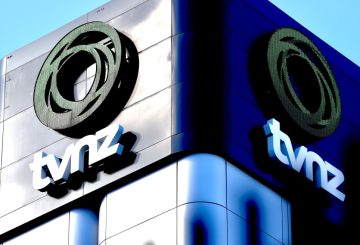Minggu ini menandai peringatan 50 tahun ACC (Accident Compensation Corporation), sebuah organisasi Selandia Baru yang menyediakan perlindungan cedera yang komprehensif dan tanpa kesalahan. Namun, tonggak sejarah telah memicu perdebatan tentang perlunya perubahan dalam sistem.
ACC didirikan pada 1970-an, menyusul penyelidikan komisi kerajaan yang dipimpin oleh hakim Mahkamah Agung Sir Owen Woodhouse. Investigasi didorong oleh ketidakpuasan pekerja dengan kompensasi yang tidak memadai untuk cedera terkait pekerjaan. Undang-undang 1973 asli mencakup cedera kerja dan kecelakaan mobil, dan amandemen pada tahun berikutnya memperluas cakupannya.
Selama bertahun-tahun, jumlah klaim yang ditangani oleh ACC telah meningkat secara dramatis, dari beberapa ratus perselisihan sipil dan sekitar 5.000 klaim kompensasi pekerja per tahun menjadi sekitar 2 juta klaim setiap tahun. Ruang lingkup cakupan juga telah diperluas untuk mencakup cedera olahraga dan klaim sensitif, seperti pelecehan dalam perawatan.
Namun, para kritikus berpendapat bahwa sistem tersebut memiliki kesenjangan yang signifikan, dengan hanya sekitar satu persen klaim sensitif yang menerima kompensasi. Pengacara dan peneliti ACC Warren Forster mengakui bahwa sementara sistem ACC adalah salah satu yang terbaik secara global, itu tidak berfungsi dalam semua kasus dan gagal memberikan keadilan bagi banyak orang.
Don Rennie, seorang konsultan hukum untuk ACC asli, mengkritik organisasi saat ini, membandingkannya secara tidak menguntungkan dengan perusahaan asuransi besar. Dia percaya bahwa transformasi ACC dari komisi menjadi korporasi pada tahun 1982 menyebabkan pergeseran fokus dari kebutuhan yang terluka ke masalah keuangan.
Kepala eksekutif ACC Megan Main tidak setuju, menyatakan bahwa meskipun ada perubahan selama bertahun-tahun, tujuan awal organisasi untuk membantu orang tetap ada. Dia mengakui perlunya perbaikan, terutama karena meningkatnya jumlah klaim memberi tekanan pada fasilitator rehabilitasi. Namun, dia juga merayakan perlindungan cedera ACC yang komprehensif dan tanpa kesalahan, yang tak tertandingi oleh negara lain.
Main juga mendukung pemotongan layanan publik pemerintah dan berencana untuk mengurangi anggaran ACC sebesar 6,5%. Dia memastikan bahwa pemotongan ini tidak akan mempengaruhi staf yang menghadap pelanggan dan akan ditujukan untuk menghilangkan duplikasi dan proyek yang tidak perlu.





























































